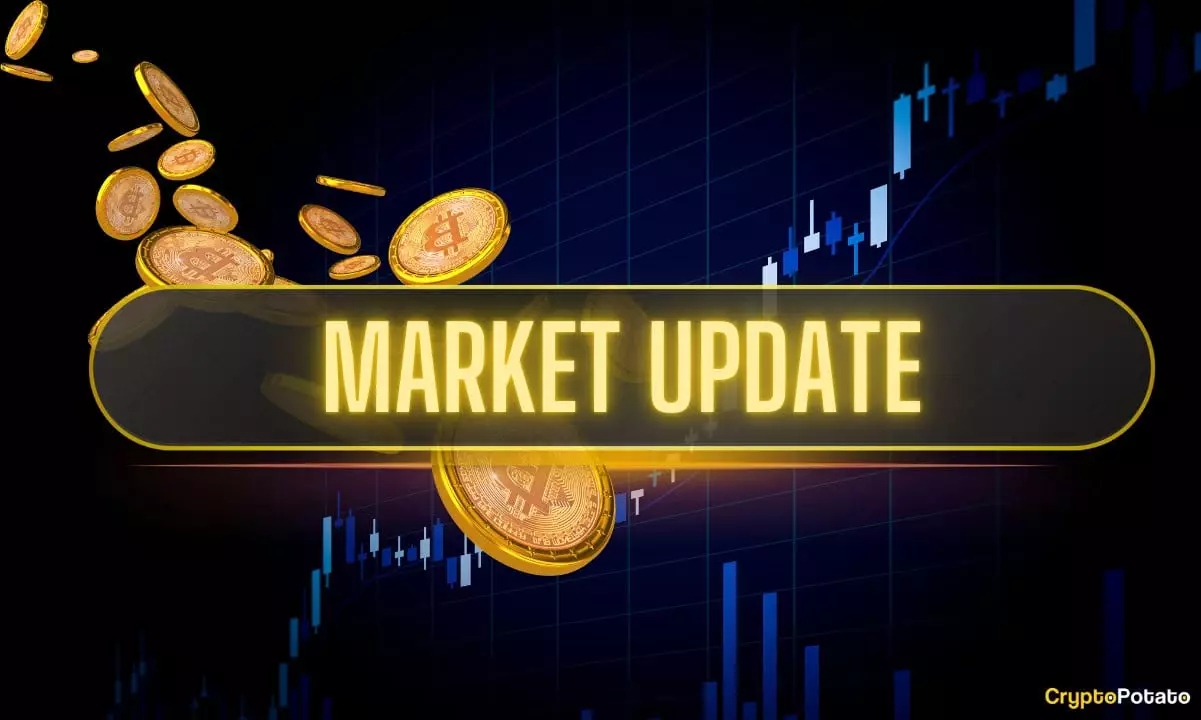The world of cryptocurrency is akin to riding a perpetual rollercoaster, with its steep climbs and dramatic falls captivating both seasoned investors and curious newcomers alike. Only two weeks ago, the once-invincible titan, Bitcoin, suffered a disheartening plummet to a five-month low of just under $75,000, causing many in the market to whisper about the end of its bullish streak. Fast forward, however, and the digital currency has catapulted back past the $95,000 mark, leaving skepticism and bearish sentiment in its wake. But what fueled this surge? A combination of critical market dynamics, shifting geopolitical landscapes, and unquenchable investor enthusiasm has all played a pivotal role.
Market Resilience and Investors’ Optimism
What stands out most in this dizzying price shift is the resurgent optimism that has taken hold in the cryptocurrency community. As Bitcoin climbed above key resistance levels, it strengthened the spirits of traders and investors, who had recently been gripped by fear. A notable contributor to this sharp recovery appears to be improved relations between the United States and China, reducing the uncertainties that had dominated global markets. The positive news stirred hopes for a stabilization—indeed, Bitcoin ascended more than 12% within a single week, prompting discussions around whether it can break through the coveted $100,000 threshold.
Moreover, buoyancy isn’t limited just to Bitcoin. Major altcoins have enjoyed astounding rallies as well; cryptocurrencies like SOL, DOGE, and ADA are not simply tagging along but outpacing Bitcoin’s growth. While Bitcoin has made impressive gains, the meteoric rise of these other tokens reminds us that the altcoin market is increasingly dynamic, with many tokens now performing remarkably well as they capture investor interest.
The Forecast: Long-Term Bullish Sentiment
Skepticism around cryptocurrency is nothing new, yet entities such as Ark Invest have continued to stand firm in their bullish outlook for Bitcoin, revising their long-term projections upwards—between $1.5 million and an astonishing $2.4 million per Bitcoin by 2030. Such forecasts, while ambitious, do highlight a growing belief in Bitcoin’s intrinsic value and its potential as a finite digital asset amidst economic uncertainty.
In the context of traditional financial instruments, Bitcoin’s resilience is undeniable. It has decoupled from conventional stock market trends, demonstrating an independent trajectory that investors are beginning to appreciate. This newfound autonomy indicates an evolving perception: Bitcoin may no longer merely react to stock market fluctuations but could serve as a robust hedge against economic downturns, further cementing its status as “digital gold.”
What Drives the Current Wave of Demand?
The recent surge in investor confidence can also be significantly attributed to the revival of Bitcoin ETFs, which experienced their largest inflows since the last presidential inauguration. With net inflows pouring in for several consecutive days, it signifies a shift in demand dynamics. Institutions previously retreating due to economic tumult are cautiously re-entering the Bitcoin space, particularly as regulatory frameworks become clearer—signaling that crypto is not a fleeting trend, but rather an evolving financial landscape.
Moreover, events such as the recent news involving Bitcoin whales—potentially drawing thrills from an extravagant dinner with a former president over a novelty coin—underline the bizarre yet influential factors that can sway public interest and speculative excitement. The sheer audacity of such marketing tactics taps into the crypto community’s culture, rejuvenating interest and coin value alike, but it also opens up questions regarding the sustainability of this excitement in the long-term horizon.
The Risks and Reality Check
Despite the newfound bullish fervor, one must tread cautiously; Bitcoin’s price history is fraught with volatility and unpredictability. As some experts caution, not all cryptocurrencies will survive. With voices like Charles Hoskinson grappling with the staying power of Ethereum, valid concerns remain about the market’s long-term viability. Factors like regulatory crackdowns, market manipulation, and external economic pressures must be on the radar for any intelligent investor. While advances in the underlying technology and market acceptance are ubiquitous, the specter of drastic price corrections lurks in the background.
As the cryptocurrency landscape evolves, a critical balance must be struck between enthusiasm and pragmatism. Potential investors should navigate this maze with clarity and strategy, honing their ability not only to take advantage of bullish trends but also to remain vigilant against the lurking dangers inherent in a digital asset playground. The future may promise remarkable heights for Bitcoin and others, but awareness and critical thinking will be indispensable in this high-stakes atmosphere.















